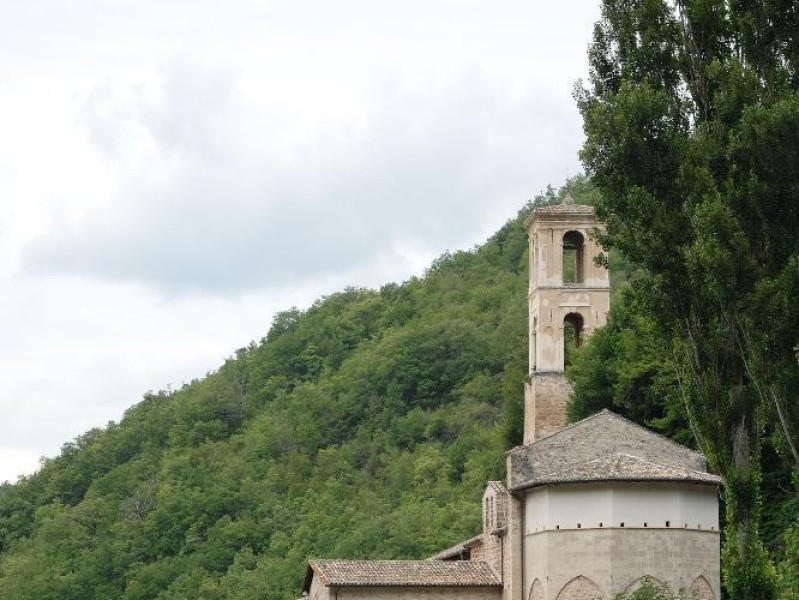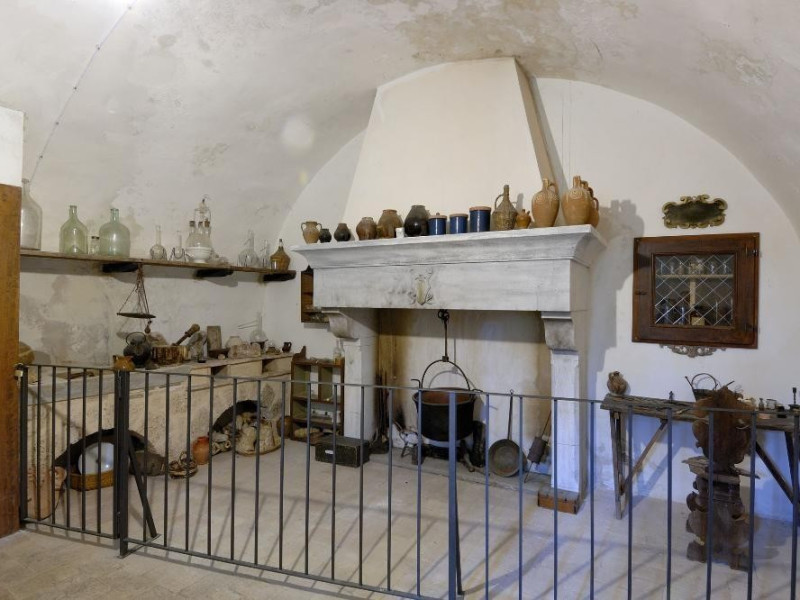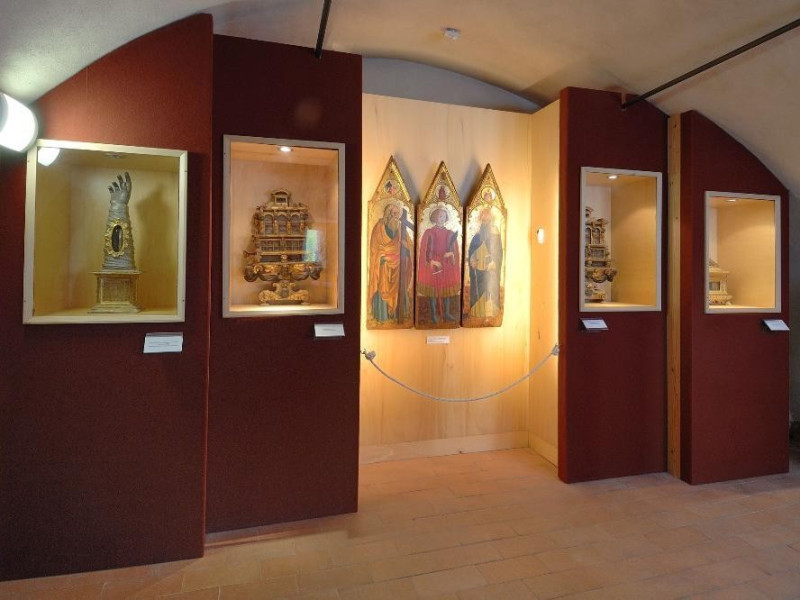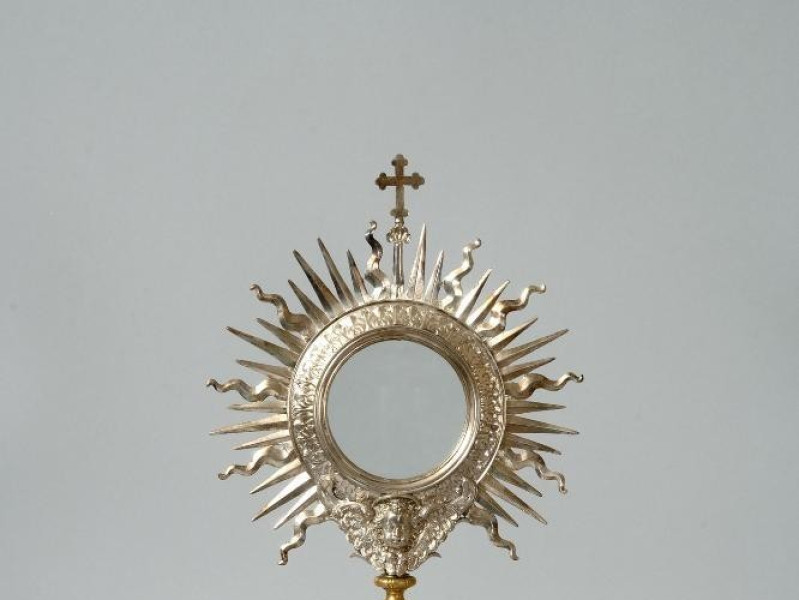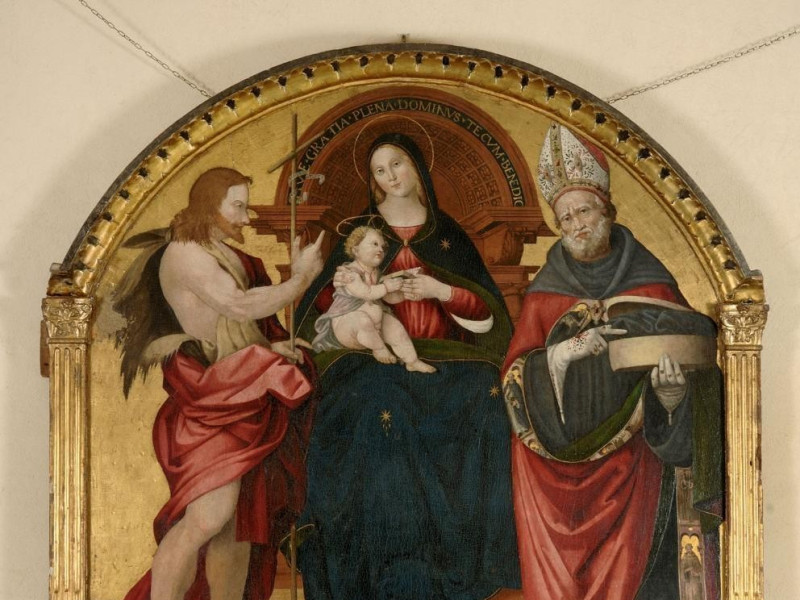Luogo - Museum
Museo dell'abbazia di Sant'Eutizio
Where
Viale dell'Abbazia, Piedivalle, Preci (Perugia)
Sant’Eutizio Abbey Museum
The Museo dell’Abbazia di Sant’Eutizio is located in Val Castoriana, at a short distance from the medieval burgh of Preci.
The exhibition is held in some of the halls of the Sant’Eutizio Abbey complex, maybe where the early primitive nucleus of the abbey was, as revealed during restoration work after the 1997 earthquake. The 1500 years of life of this monastery have produced a suggestive stratification of artistic evidence.
The Museum documents the history of Sant’Eutizio Abbey, a splendid example of Romanesque architecture.
The collection includes works of art and handicraft connected with the life of the abbey and the people of the surrounding valleys, who through the centuries have seen it as a point of reference.
The four rooms on the first floor, along which the itinerary display stretches, are dedicated to the Treasure of the Abbey, the Abbott Crescenzi, the Surgical School of Preci, the Pharmacy and the Alchemical Laboratory.
The Treasure Room displays some of the pieces that have enriched the abbey during the course of the centuries, among which, apart from the wooden statue of St Eutizio attributed to Nicola da Siena; reliquaries, liturgical items, precious Silverware, refined embroideries and works in embossed leather stand out.
The room dedicated to Abbott Crescenzi, whose spiritual father was St Filippo Neri, follows. He had an important role for having commissioned the execution of the painting known as The Inspiration of Saint Matthew for the Contarelli Chapel in the Church of San Luigi dei Francesi in Rome, to Caravaggio. The third room is dedicated to the renowned Surgical School of Preci, which had its origins right in Sant’Eutizio.
In the last two rooms there is a reconstruction of an ancient pharmacy, with its old counter and medicines displayed together with the recipes of illustrious doctors. There is an ancient alchemical laboratory in the room with the monumental fireplace, which is furnished with its washbasin and ewers, alembics where potions were heated and a small grindstone to amalgamate the ingredients. Dangerous poisons and recipe books, which remain outside the reach of uninitiated people, are still visible inside the locked wall cabinet.
According to an 8th century hagiographic text, the Passio XII fratum, St Eutizio was one of the many hermits who came from the East and settled in the Apennines. The saint never had the gift of performing miracles during his life, but he was famous for being a thaumaturgist who could cure headaches, and being called upon to conjure the danger of drought.
